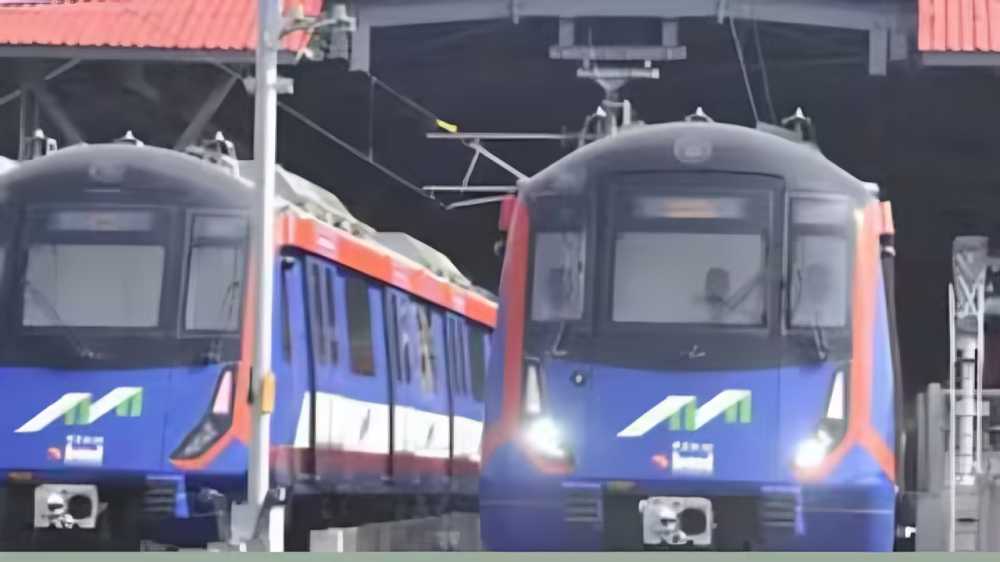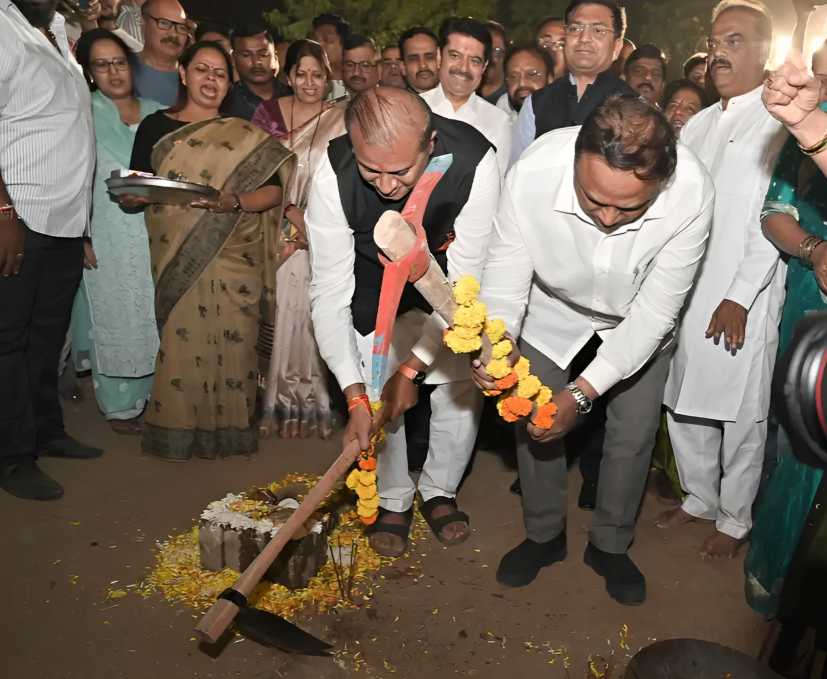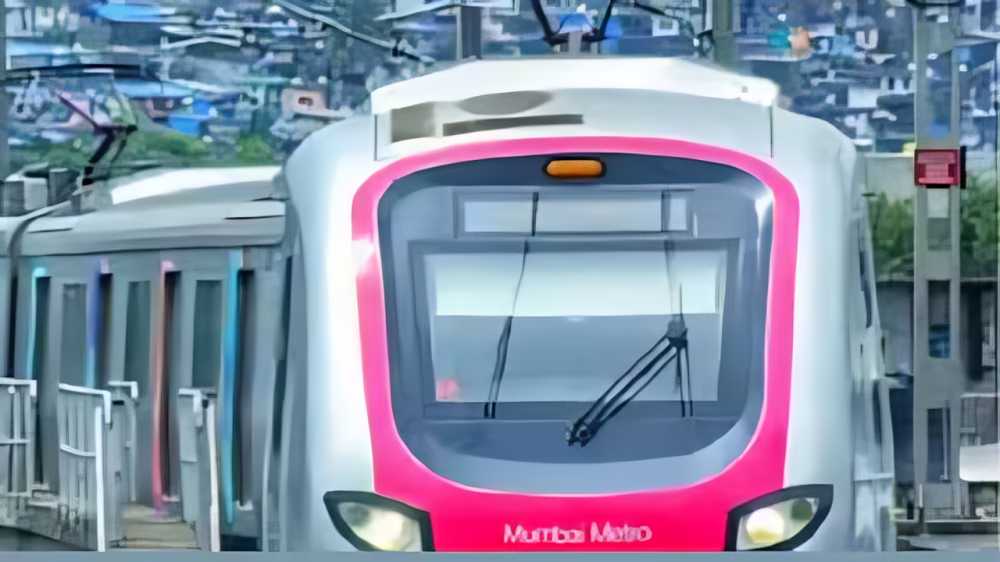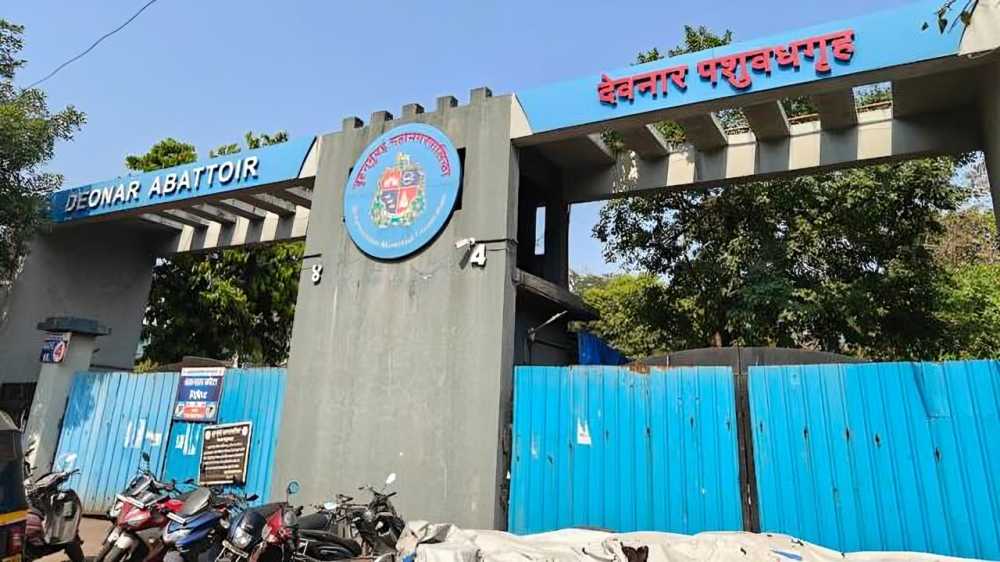September 29, 2025: Mumbai is witnessing a massive transformation in its transport infrastructure, with the Metro network taking shape across the city. While the underground Metro-3 is nearing inauguration, the longest elevated line in the city will be the Mumbai Metro-4, also known as the Green Line.
The under-construction Metro-4 will run 32.32 km from Wadala to Kasarvadavali, passing through Ghatkopar, Mulund, and Thane. With 32 stations along its route, it will link the eastern suburbs to key areas of Thane. An extension, Metro-4A, will add another 2.66 km between Kasarvadavali and Gaimukh, further covering Ghodbunder Road.
The corridor is designed to ease traffic on the Eastern Express Highway (EEH), LBS Road, and Ghodbunder Road, while also decongesting Central and Harbour line trains. The line will connect with other Metro corridors at Ghatkopar (Line 2B), Kapurbawdi (Line 5), and Kanjurmarg (Line 6). Phase one is targeted for 2026, with the complete line expected by 2027.
Compared to operational lines—such as Metro-1 (11.4 km), Metro-2A (18.6 km), and Metro-7 (16.5 km)—Metro-4 will be the longest elevated corridor in the city. While Metro-3 (Colaba-Bandra-SEEPZ) is longer at 33.5 km, it is entirely underground except at Aarey.
However, the project faces several challenges. Land acquisition in densely populated areas like Ghatkopar, Mulund, and Thane has been difficult, with encroachments and rehabilitation adding to delays. The alignment passes over already congested roads, causing traffic disruptions and narrowing road space. Shifting underground utilities such as water pipelines, power cables, and telecom lines has also been complex. Additionally, permissions for work near forest land and mangroves in Thane and Ghodbunder Road remain hurdles.
The Metro-4 project is a large-scale effort requiring close coordination across multiple agencies, but once completed, it promises to significantly change Mumbai’s commuting landscape.
Source: News18





